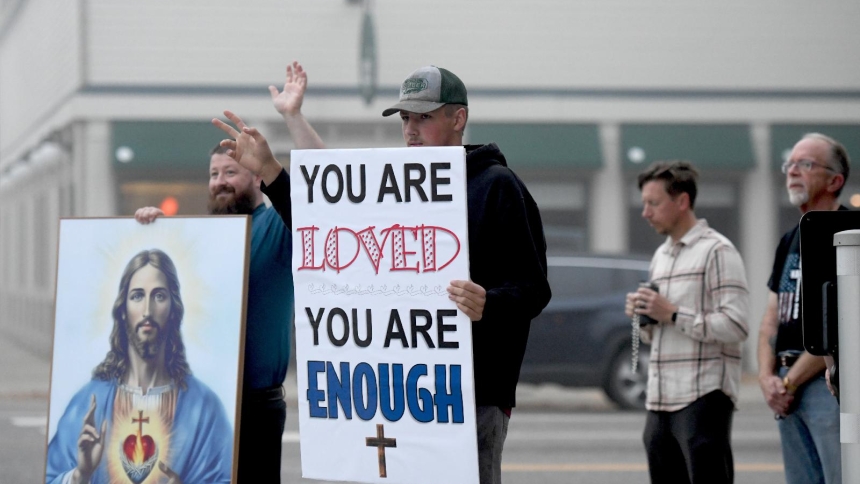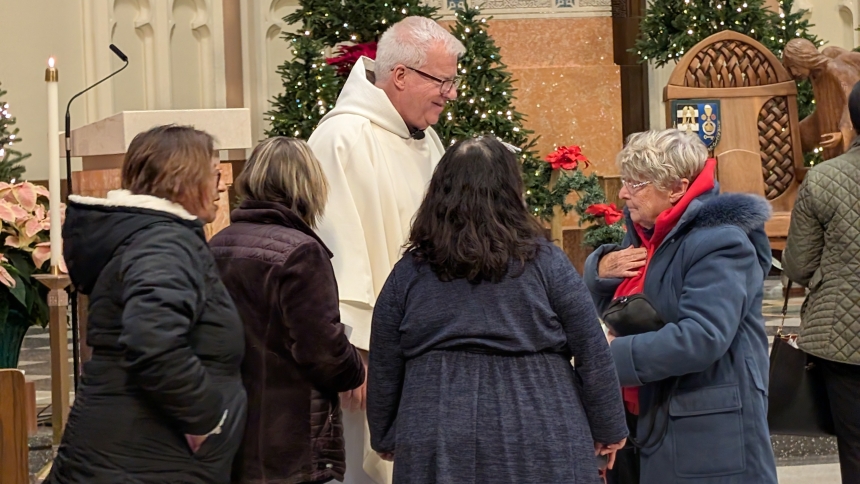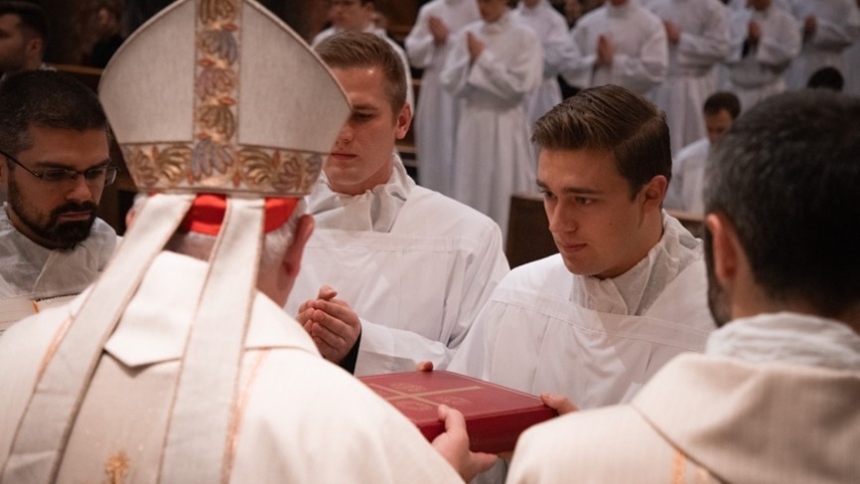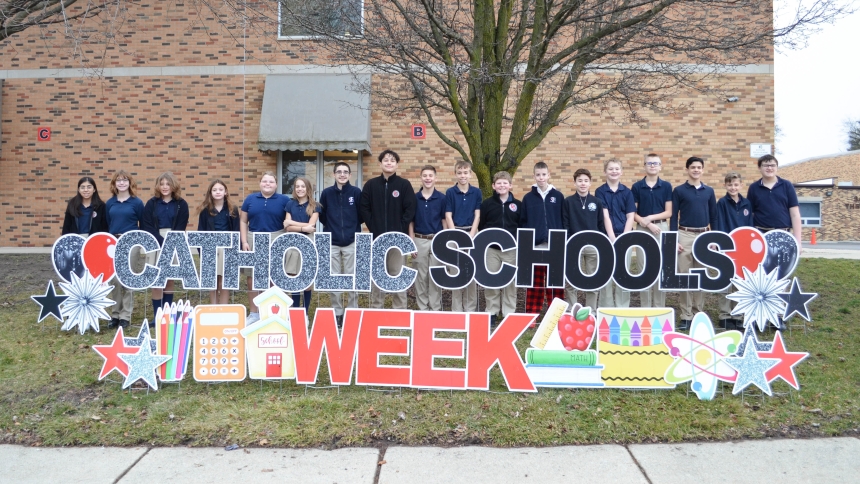
As published in the Northwest Indiana Catholic on November 11, 2018
At the end of September, the newly-constituted Diocesan Pastoral Council met for the first time. A delegate from each parish, priests and deacons representing our four deaneries, religious delegates, as well as our diocesan pastoral staff, form this visionary and advisory body. The Pastoral Council serves the diocese and me in the same way that a parish council serves a pastor and the local community, functioning as the voice and wisdom of the laity, offering leadership, counsel and vision. This dynamism is especially essential as we begin the implementation of the synod.
I have asked each pastor and each parish delegate to meet, so that the individuals representing our parishes on the council will have an effective working relationship with their pastors, predicated on a clear understanding of the parish synod plan in particular and the ongoing mission of the parish in general.
In this way, the Diocesan Pastoral Council will serve as a vehicle of communication, accountability, visioning and problem-solving as our parishes begin to roll out their synod plans and put all their exciting ideas and projects into action.
Each meeting of this pastoral council will offer substantive prayer, spiritual formation, best synod practices and an analysis of challenges and obstacles. What is working well, and what is not moving forward at all?
By examining both, we hope to learn from each other as each parish implements the synod plan that they have worked so hard to create. In between the quarterly meetings, parish delegates will respond to a questionnaire which will provide updates regarding synod process.
The Executive Committee of the Pastoral Council will help to set the agenda of each meeting, based on the delegate feedback received. Additionally, each meeting of the council will examine one of the eight ecclesial areas of the Church’s mission, which serve as the focus of the whole synod process.
In September, we began with Evangelization, looking at how parishes are successfully sharing the Gospel with others and reaching out to those who feel disconnected from the Church.
I am deeply grateful for all the generous leaders, both laity and clergy, who have come together to reimagine and inaugurate the new Diocesan Pastoral Council. Establishing clear and effective communication among pastors, parish staff, our people and the diocese is essential if the synod is going to succeed.
Helping everyone to be accountable to their own synod commitments is fundamental if we are serious about advancing the mission of Jesus. Providing resources to assure success in particular parish projects and initiatives is a must. Knowing what is working well, so that such best practices can spread to other parishes, and knowing what is not advancing, so that we can strategize solutions together, will help all of us.
Our diocese is small enough that we can have each parish represented at the council meetings. In bigger dioceses, such immediacy of presence and communication is not possible because of numbers. I like the method we are employing because everyone benefits from a common experience and hears the same thing. This “being together” on the diocesan level will help build unity and solidarity as we overcome some of the isolated thinking and individual parochialism of the past.
Please continue to pray for the ongoing spiritual fruitfulness of the synod. Learn what your parish synod plan is. What are its principle components and projects? What is the vision that inspires it? Ponder how you can utilize your gifts and talents to contribute to its success.
Ask your pastor, a staff member or a member of your parish pastoral council how you can help. Assure them of your support and prayers. All these efforts will make a greater impact than we can probably realize.
As I think, ponder and pray over the whole synod process, from where we began in September, 2015 at Our Lady of Consolation with two informational sessions about the possibility of doing a synod (which drew hundreds of interested people), to the initial pastoral letter and parish sessions in 2016, through the deanery sessions and the diocesan synod itself in 2017, to the envisioning and creation of the parish plans in 2018, I am astounded and grateful for all of the hard work, committed leaders, transformative ideas, persevering prayer that has gone into this ongoing movement.
The Diocese of Gary is a blessed and gifted family of faith; I deeply love and value our priests, religious, deacons, lay leaders and faithful. So many people here truly love the Lord and the Church, willing to give sacrificially of themselves to grow the mission of Jesus and bring new energy and life to our local communities.
This synod way of partnering with the Holy Spirit to continue to implement a strategic plan for our diocese as a whole - and our parishes in particular - will continue in the years ahead if we are faithful to the inspiration that has brought us this far. As I have said often when asked about the endpoint of the Synod process, “It will end when we die and go to the Lord!”
There will always be another spiritual horizon, another pastoral goal, another person who needs to hear the Good News, another person living in desperation who needs hope, another beautiful facet of Christ’s love to be discovered. The adventure of this spiritual pilgrimage which engages us so passionately will only end when we stand together in the Father’s house!
+ Donald J. Hying



